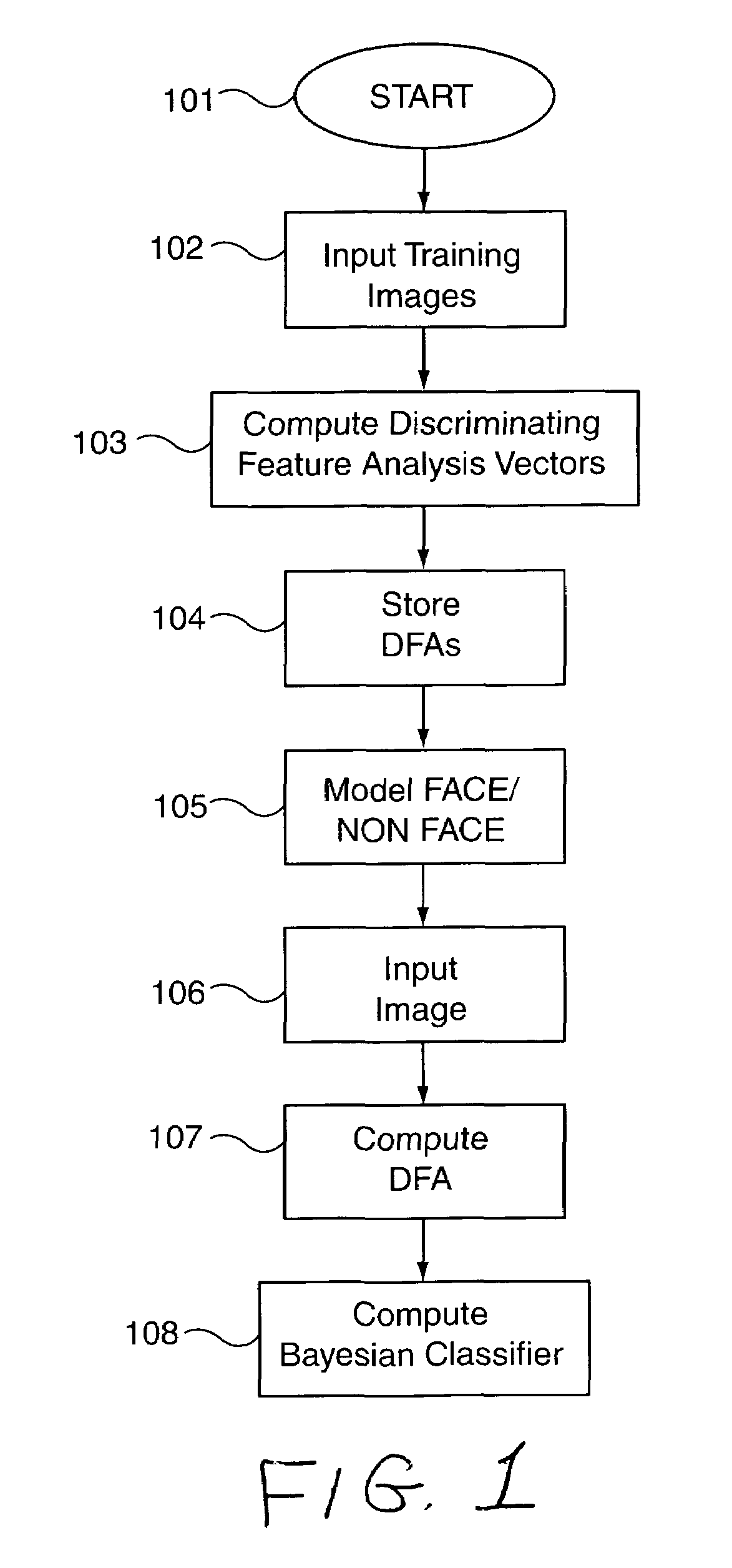‘Face Detection and Apparatus’, US Patent 7,162,076, and ‘Feature Based Classification’ US Patent 6,826,300 are both patents held by Professor Chengjun Liu of the New Jersey Institute of Technology. Dr. Liu developed the former while at NJIT and the latter during his time at George Mason University. Liu is currently a professor of computer science at NJIT and continues to pursue research on Pattern Recognition (face/iris recognition, color image feature extraction and classification, classifier fusion), Machine Learning (statistical learning, kernel methods, innovative kernel functions/models, similarity measures), and Image and Video Analysis (Image Search and Retrieval, Image Category Classification, Color Image Analysis, New Color Spaces, Gabor Image Representation).
Liu was motivated to research these particular technologies because he found that there was a need for security when it came to accessing certain devices and locations. Face recognition was thought to be one of the easiest ways to go about the task. Liu was able to receive funding from the United States Department of Defense and Homeland Security to further this face recognition technology.
Liu’s patent only cited one other pre-existing patent, but it has played a fairly large role in influencing others. The cited patent is for a technology that allows a computer to encode and decode images and extract information from it. This allows Liu’s invention to process facial features in order to create the vectors for recognition. However, Liu did cite other sources that were not patented including many articles from IEEE. His patent inspired well over 100 other patents all pertaining to improving and innovating physiological biometrics. Some of the patents that cited his work revolved around improving upon the actual software and increasing the accuracy rather than creating an entirely separate invention. This is largely due to the fact that his method is very different from most other physical feature recognition devices. A company by the name of Fotonation Vision Limited essentially broke down his patent and improved upon every aspect of it, which shows that his work is very viable for big businesses and practical use. A number of companies utilized his work to improve upon facial recognition software when taking pictures, which is by and large not a new phenomenon. However, the method is new and may be better than what is used now in just a few years.
Facial recognition software was first created in the 1960s, featuring a program that was able to decipher different parts of the face.[i] The technology developed rapidly thereafter. By the 1970s, facial recognition was now able to analyze 21 different markers on the human face, including hair color and even lip thickness. Skip forward to the present day, and we see that facial recognition has evolved into a science that is regularly used in everything from criminal investigations to finding a lost child to creating a character in a video game with your own likeness. Modern facial recognition biometrics utilizes points on the face and compares them to others within a database. For example, most programs will place five points around just the individual’s mouth in very particular spots amongst other parts of the face. It will then essentially run a side-by-side comparison with other faces that have been stored in a database. Liu’s facial recognition software approaches this technology differently. By using the depth of the individuals face, his program allows the computer to create vectors where the face essentially passes a certain virtual point. The results were, in short, excellent.
Liu’s method of face detection is extremely useful compared to previous face detection technologies. For example, it takes into account lighting and emotion and increases the effectiveness of various commercial security devices. Using facial detection is an effective way of ensuring that only the individuals who are intended to can access these facilities or devices. For example, through the use of Liu’s facial detection method, buildings such as schools and commercial products such as phones can be protected easily and efficiently. The method can increase convenience by enabling individuals to access their content securely and in a fast manner by simply using their face.

This patent is extremely significant and is currently one of the more adept forms of facial detection. The method is one-hundred percent effective at matching images to those stored in databases by comparing 62 unique features. Also, this face detection method and apparatus can be easily improved upon or adapted by any company or individual. This patent also received a grant from the Department of Defense in order to help combat terrorism. Furthermore, it was cited by one-hundred and thirty-seven other patents. Liu’s patent has absolutely inspired future innovations and inventions concerning facial detection.
By Shahnawaz Khan, Joe Tobon, Nick Porcelli
[i] Jennifer Tucker, “How facial recognition technology came to be,” The Boston Globe, Nov. 23, 2014. https://www.bostonglobe.com/ideas/2014/11/23/facial-recognition-technology-goes-way-back/CkWaxzozvFcveQ7kvdLHGI/story.html
